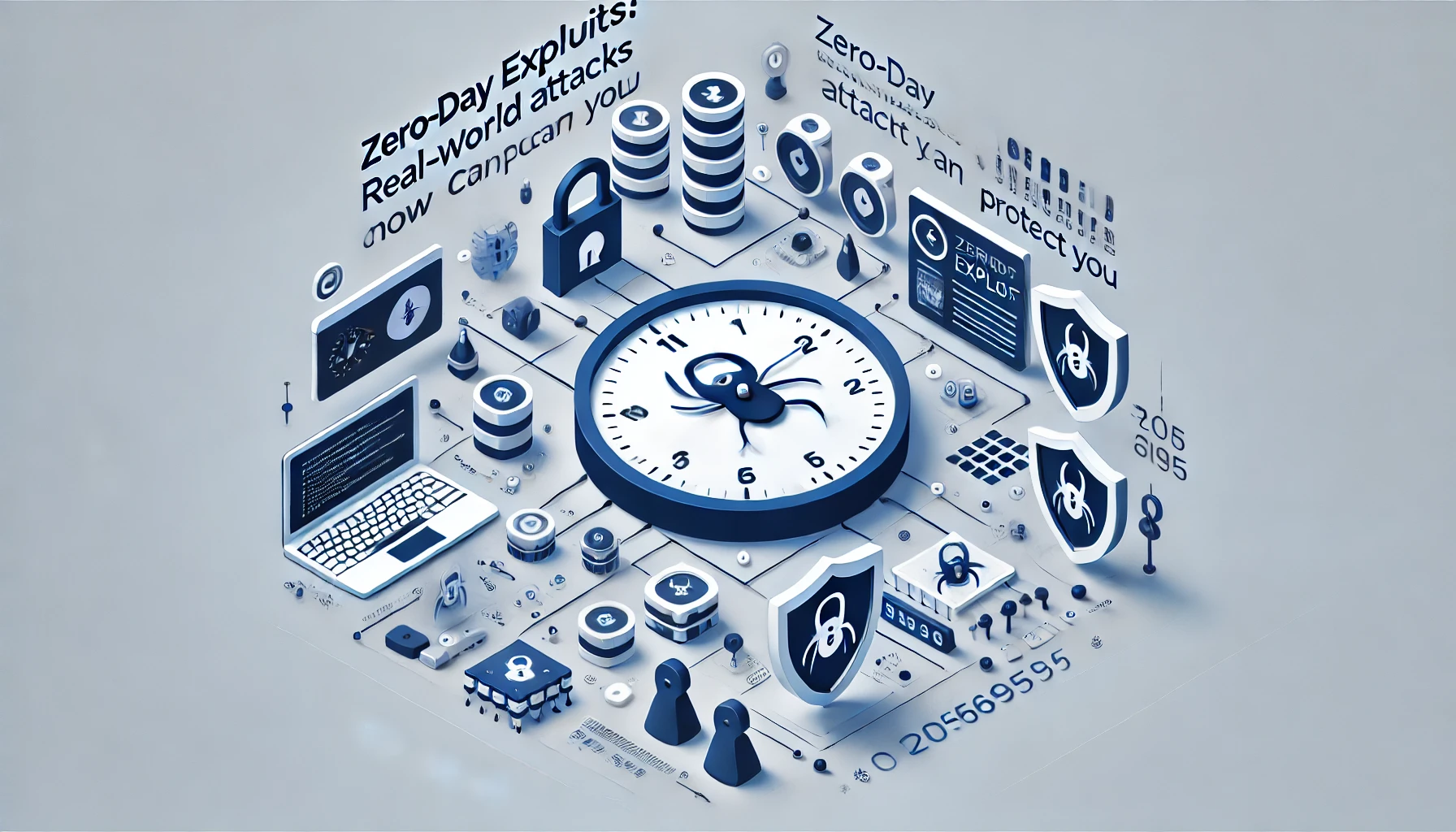
Zero-Day Exploits: Real-World Attacks and How Codesealer Can Protect You
Executive Summary
Zero-day exploits leverage unknown vulnerabilities, giving attackers a critical advantage while defenders scramble to respond. These attacks have caused massive damage in the past, from disrupting critical infrastructure to exposing sensitive data.
In this blog, we discuss how Codesealer mitigates zero-day risks through dynamic application protection, securing applications in real time. By obfuscating code and preventing attackers from accessing critical data, CodeSealer ensures that even if a vulnerability is exploited, the damage is minimized.
In the world of cybersecurity, zero-day exploits are among the most elusive and dangerous threats. They exploit vulnerabilities that no one—neither the software vendor nor the defenders—knows about. By the time an attack leveraging a zero-day exploit occurs, it’s often too late. Businesses, governments, and individuals can face catastrophic data breaches, financial losses, and reputational damage, all while security teams scramble to contain the fallout.
Let’s explore what makes zero-day exploits so dangerous, revisit some real-world attacks, and discover how Codesealer can help businesses stay one step ahead.
What Makes Zero-Day Exploits So Dangerous?
A zero-day exploit occurs when a hacker discovers a vulnerability in software before the developer or vendor does. Since there’s no patch or fix available, attackers have a free pass to exploit it, often for months. This window of opportunity can allow malicious actors to infiltrate networks, steal sensitive information, or disrupt services.
The challenge lies in detection. Traditional security solutions often rely on identifying known threats or signature-based attacks. But when a vulnerability is entirely new and unknown, how can it be defended against? This makes zero-day attacks particularly attractive to state-sponsored hackers, cybercriminals, and ransomware groups looking for an edge.
Real-World Examples of Zero-Day Exploits
1. Stuxnet (2010): The Infamous Industrial Sabotage
Stuxnet, a name synonymous with cyber warfare, is often cited as the first digital weapon. It exploited multiple zero-day vulnerabilities to target Iran’s nuclear centrifuges. By infecting industrial control systems, Stuxnet disrupted operations and caused significant physical damage. The attack was sophisticated and precise, highlighting the devastating potential of zero-day exploits in critical infrastructure.
2. Equifax Data Breach (2017): Millions Exposed
In 2017, Equifax, a major credit reporting agency, fell victim to a zero-day exploit targeting a vulnerability in Apache Struts. Hackers accessed the sensitive data of nearly 150 million Americans, including social security numbers, birth dates, and credit details. The breach underscored how unpatched vulnerabilities, even in widely-used software, can have disastrous consequences.
3. Chrome Zero-Day Exploit (2022): A Race Against Time
In 2022, Google confirmed a high-severity zero-day vulnerability in Chrome that allowed attackers to take control of affected systems. Exploited in the wild, the attack forced Google to release an emergency update. This incident demonstrated how even tech giants can be caught off guard when faced with unknown vulnerabilities.
How Codesealer Helps Defend Against Zero-Day Exploits
While no tool can eliminate zero-day threats entirely, Codesealer offers a robust approach to mitigate their impact by adding critical layers of defense. Here’s how:
Dynamic Application Protection
CodeSealer actively protects applications at runtime, ensuring that even if an attacker exploits a zero-day vulnerability, they are unable to access or tamper with critical data. By obfuscating and securing the underlying application code, Codesealer prevents attackers from gaining meaningful insights into system behavior.
Conclusion
Zero-day exploits are a reminder that no software is entirely immune to vulnerabilities. They strike fast, often without warning, leaving organizations with little time to react. As cybercriminals grow more sophisticated, businesses must adopt proactive solutions that reduce their attack surface and minimize risks.
Codesealer provides the extra layers of protection needed to defend against the unpredictable. By obfuscating code, misdirecting attackers, and securing critical applications in real time, it turns the tables on zero-day exploits. In a world where threats evolve daily, businesses can no longer rely solely on reactive measures—prevention and resilience are key.
Don’t wait for the next zero-day to strike. With Codesealer, your applications and users remain protected, no matter how advanced the threat.
